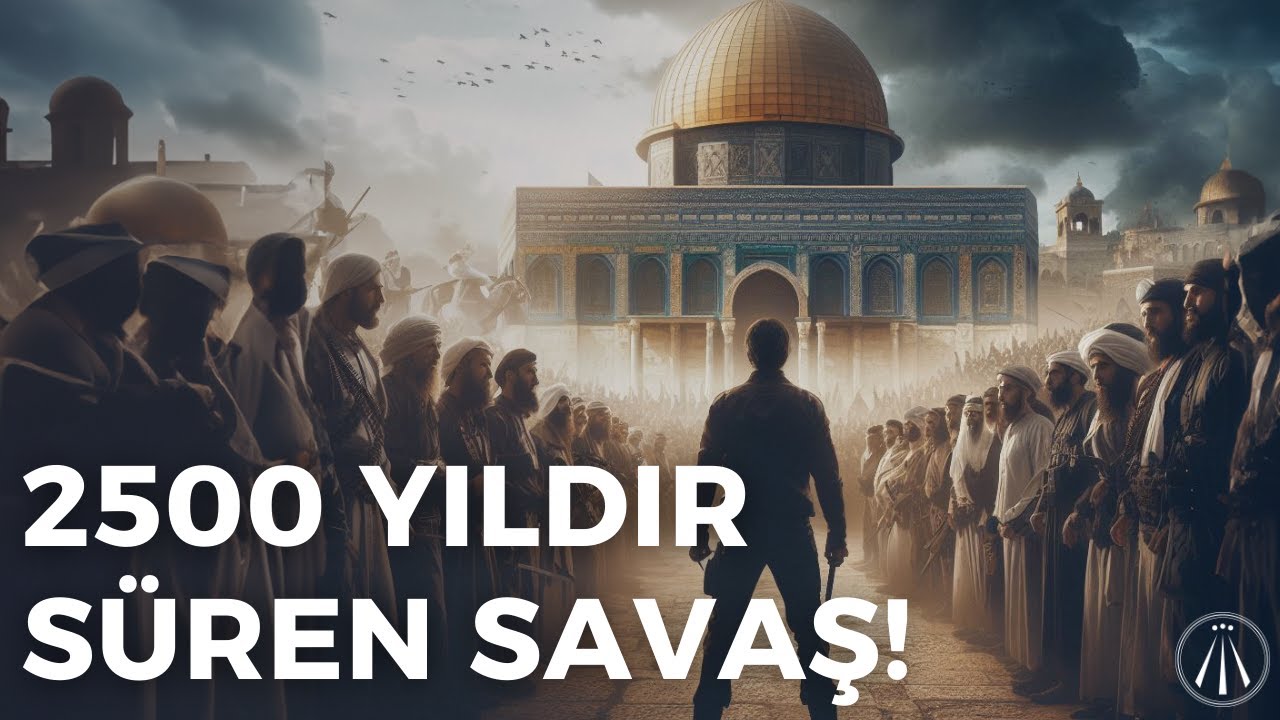Israel & Palestine Explained – No Propaganda, Just Context
Summary
TLDRThe video script provides an insightful overview of the Israeli-Palestinian conflict, focusing on its historical roots and complexities. It explains how the dispute over land, identity, and power emerged from the late 1800s, tracing key moments like the Zionist movement, the UN's two-state proposal, the 1948 war, and the 1967 occupation. The script emphasizes the emotional and political challenges faced by both Israelis and Palestinians, highlighting their shared desire for peace, safety, and dignity despite deep historical trauma. The video stresses that a solution is possible, but only through honest recognition of history, human rights, and power dynamics.
Takeaways
- 😀 The Israeli-Palestinian conflict is complex, emotional, and rooted in over a century of history.
- 😀 The conflict primarily revolves around the land between the Jordan River and the Mediterranean Sea, claimed by both Israelis and Palestinians.
- 😀 The Zionist movement, founded in the late 1800s, aimed to establish a Jewish homeland in Palestine, causing tensions with the Arab population.
- 😀 After World War I, Britain took control of Palestine, and Jewish immigration surged, increasing violence between the two communities.
- 😀 In 1947, the UN proposed a two-state solution, which was accepted by Jewish leaders but rejected by Arab leaders, leading to war in 1948.
- 😀 The 1948 war led to Israel's independence and expansion, while approximately 750,000 Palestinians were displaced in what they call the Nakba (catastrophe).
- 😀 In 1967, Israel captured Gaza, the West Bank, and East Jerusalem, which remain occupied, leading to ongoing conflict over these territories.
- 😀 The international community largely considers the Israeli occupation of these territories illegal, but Israel maintains control and settlements.
- 😀 Today, Palestinians are politically divided between the Palestinian Authority in the West Bank and Hamas in Gaza, with different approaches to the conflict.
- 😀 Both Israelis and Palestinians generally desire peace, safety, and dignity, but political divisions, military realities, and external interference make progress difficult.
Q & A
What is the core issue at the heart of the Israeli-Palestinian conflict?
-At its core, the Israeli-Palestinian conflict is about land. Both Israeli Jews and Palestinian Arabs claim the land between the Jordan River and the Mediterranean Sea as their home, and the fight is over who gets to live there with dignity, security, and recognition.
How did the Zionist movement begin and what was its goal?
-The Zionist movement began in the late 1800s as European Jews, facing persecution and anti-Semitism, sought to establish a homeland in what they considered their historic birthplace—Palestine, which was part of the Ottoman Empire at the time.
What was the response of the Arab population to the Zionist movement?
-The Arab population, later identifying as Palestinians, viewed the Zionist movement as a threat to their land, identity, and self-determination, leading to rising tensions between the two communities.
How did British control over Palestine affect the conflict?
-After World War I, Britain took control of Palestine under a League of Nations mandate. Both Jews and Arabs felt betrayed by British policies, and Jewish immigration increased, particularly due to growing persecution in Europe. This fueled clashes and violence between the two communities.
What was the UN's proposed solution in 1947, and how was it received?
-In 1947, the United Nations proposed a two-state solution, creating separate Jewish and Arab states. Jewish leaders accepted the plan, but Arab leaders rejected it, believing it gave too much land to a minority population, as Palestinians made up the majority at the time.
What happened in 1948, and how did it affect the Palestinian population?
-In 1948, Israel declared independence, which led to war as neighboring Arab states invaded. Israel not only survived but expanded beyond the UN-proposed borders. Around 750,000 Palestinians were displaced, resulting in what they call the Nakba, or catastrophe, with entire villages destroyed and many becoming refugees.
How did the 1967 Six-Day War shape the current situation?
-In the 1967 Six-Day War, Israel captured Gaza, the West Bank, and East Jerusalem. These territories remain occupied today, and their status is central to the ongoing conflict, with Israel building settlements and maintaining control, while Palestinians seek these areas for a future independent state.
What is the current political situation among Palestinians?
-The Palestinian political landscape is divided. The Palestinian Authority controls parts of the West Bank and is seen as relatively moderate, while Hamas controls Gaza and does not recognize Israel's right to exist. Gaza faces a humanitarian crisis due to blockades and repeated wars.
What role does Jerusalem play in the conflict?
-Jerusalem is a holy city to Jews, Christians, and Muslims and is claimed by both Israelis and Palestinians as their capital, adding to the complexity of the conflict.
What do ordinary Israelis and Palestinians want, and why is it difficult to achieve?
-Most ordinary Israelis and Palestinians want peace, safety, freedom, and dignity. However, political systems, military realities, entrenched ideologies, and international interference make achieving these goals incredibly difficult.
Outlines

This section is available to paid users only. Please upgrade to access this part.
Upgrade NowMindmap

This section is available to paid users only. Please upgrade to access this part.
Upgrade NowKeywords

This section is available to paid users only. Please upgrade to access this part.
Upgrade NowHighlights

This section is available to paid users only. Please upgrade to access this part.
Upgrade NowTranscripts

This section is available to paid users only. Please upgrade to access this part.
Upgrade NowBrowse More Related Video

Pablo Iglesias entrevistado por el coronel Baños

İsrail-Filistin Savaşının Arkasındaki Gerçekler: Tarihi, Siyasi ve Dini Nedenleri

Une brève histoire du Hamas | Le dessous des cartes | Une Leçon de géopolitique | ARTE

From the River to the Sea, Palestine will be Free | Explained

The Israel-Palestine Conflict explained (explainity® explainer video)

I HURT BEN SHAPIRO'S FEELINGS LOL
5.0 / 5 (0 votes)